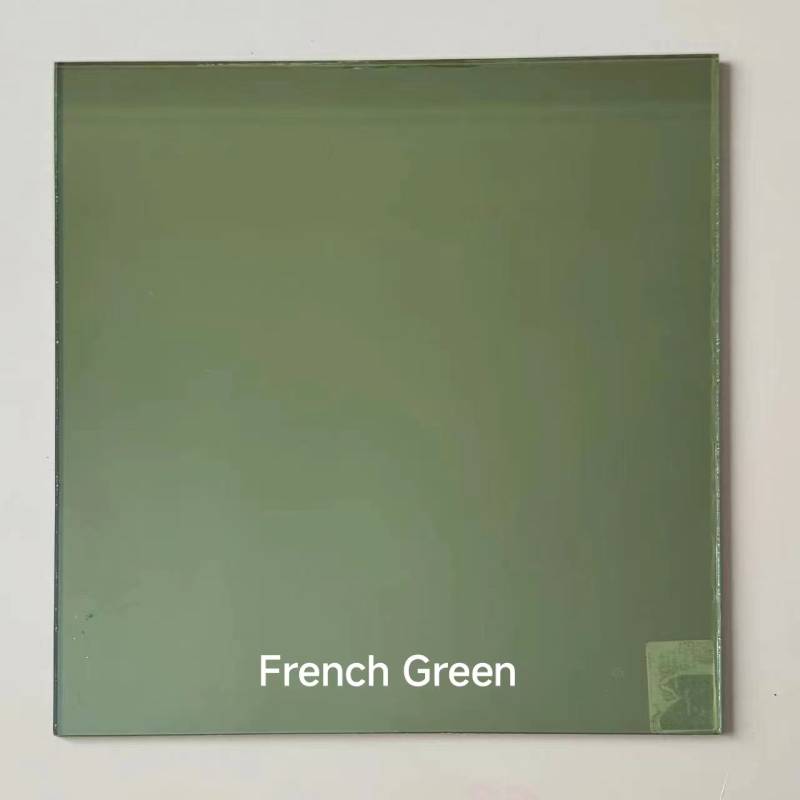

Low-emissivity (low-e) glass is a type of energy-efficient glazing that significantly reduces heat transfer while allowing natural light to enter buildings. This innovation has transformed the architectural and construction industries by enhancing energy efficiency in both residential and commercial buildings. As the world increasingly focuses on sustainability and reducing carbon footprints, understanding the benefits and applications of low-e glass is crucial.
Low-e glass is coated with a thin layer of metallic oxide that reflects infrared energy while permitting visible light. This unique property allows buildings to maintain their internal temperature effectively, therefore reducing the need for heating in winter and cooling in summer. Consequently, this minimizes energy consumption, leading to lower utility bills and a reduced environmental impact.
Moreover, low-e glass offers substantial benefits for maintaining indoor air quality. By reducing heat transfer, it creates a more stable environment that limits the potential for mold growth and other moisture-related issues. This is particularly important in humid climates where humidity can lead to significant health risks. Additionally, low-e coatings can provide ultraviolet (UV) protection, preventing furniture, flooring, and art from fading due to sun exposure, further preserving the aesthetics and longevity of interior spaces.

The versatility of low-e glass is also noteworthy. It can be integrated into various types of window systems, including double and triple glazing, and is available in numerous styles and finishes. This flexibility allows architects and designers to meet specific aesthetic and performance criteria while adhering to sustainability goals.
In addition to residential and commercial buildings, low-e glass is increasingly used in automobiles, where it helps to regulate temperature and improve fuel efficiency by reducing the need for air conditioning. The application extends even further to specialized industries, including solar energy technologies, where low-e coatings can enhance the efficiency of solar panels.
Cost is often a consideration when choosing low-e glass, as it can be more expensive than traditional glazing options. However, the long-term savings on energy bills, combined with the benefits of increased comfort and preservation of materials, typically outweigh the initial investment. As energy regulations continue to tighten globally, integrating low-e glass into new constructions and renovations becomes not only a smart financial decision but also a necessary step towards achieving sustainability.
In conclusion, low-emissivity glass represents a key technology in the pursuit of energy efficiency and environmental sustainability. By offering exceptional thermal performance, improving indoor comfort, and enhancing the lifespan of interior items, low-e glass is a vital component in modern architectural design. As the push for greener buildings accelerates, the adoption of low-e glass will undoubtedly play a significant role in shaping the future of construction.